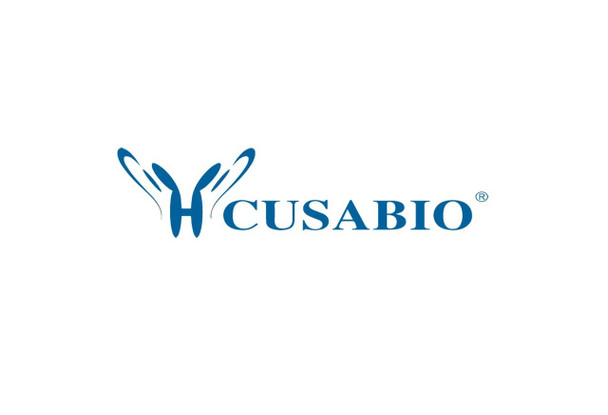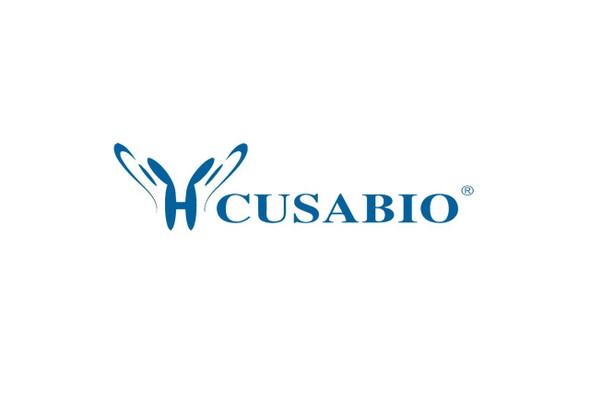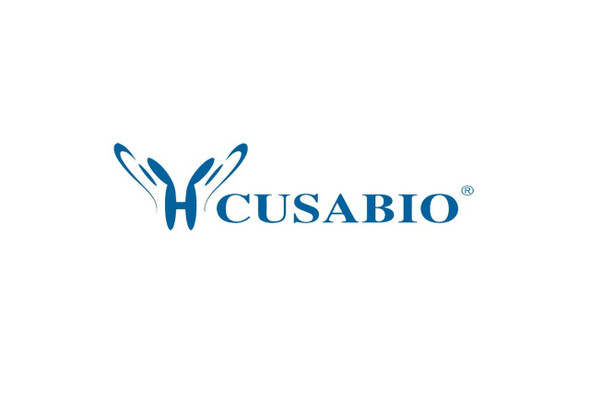Cusabio Mouse Recombinants
Recombinant Mouse Indoleamine 2, 3-dioxygenase 1 (Ido1) | CSB-YP010996MO
- SKU:
- CSB-YP010996MO
- Availability:
- 25 - 35 Working Days
Description
Recombinant Mouse Indoleamine 2, 3-dioxygenase 1 (Ido1) | CSB-YP010996MO | Cusabio
Alternative Name(s): Short name: IDO-1 Alternative name(s): Indoleamine-pyrrole 2,3-dioxygenase
Gene Names: Ido1
Research Areas: Signal Transduction
Organism: Mus musculus (Mouse)
AA Sequence: MALSKISPTEGSRRILEDHHIDEDVGFALPHPLVELPDAYSPWVLVARNLPVLIENGQLREEVEKLPTLSTDGLRGHRLQRLAHLALGYITMAYVWNRGDDDVRKVLPRNIAVPYCELSEKLGLPPILSYADCVLANWKKKDPNGPMTYENMDILFSFPGGDCDKGFFLVSLLVEIAASPAIKAIPTVSSAVERQDLKALEKALHDIATSLEKAKEIFKRMRDFVDPDTFFHVLRIYLSGWKCSSKLPEGLLYEGVWDTPKMFSGGSAGQSSIFQSLDVLLGIKHEAGKESPAEFLQEMREYMPPAHRNFLFFLESAPPVREFVISRHNEDLTKAYNECVNGLVSVRKFHLAIVDTYIMKPSKKKPTDGDKSEEPSNVESRGTGGTNPMTFLRSVKDTTEKALLSWP
Source: Yeast
Tag Info: N-terminal 6xHis-tagged
Expression Region: 1-407aa
Sequence Info: Full Length
MW: 47.6 kDa
Purity: Greater than 90% as determined by SDS-PAGE.
Relevance: Catalyzes the first and rate limiting step of the catabolism of the essential amino acid tryptophan along the kynurenine pathway. Involved in the peripheral immune tolerance, contributing to maintain homeostasis by preventing autoimmunity or immunopathology that would result from uncontrolled and overreacting immune responses. Tryptophan shortage inhibits T lymphocytes division and accumulation of tryptophan catabolites induces T-cell apoptosis and differentiation of regulatory T-cells. Acts as a suppressor of anti-tumor immunity (PubMed:25691885). Limits the growth of intracellular pathogens by depriving tryptophan. Protects the fetus from maternal immune rejection
Reference: "Tryptophan-degrading enzymes in tumoral immune resistance."van Baren N., Van den Eynde B.J.Front. Immunol. 6:34-34(2015) .
Storage: The shelf life is related to many factors, storage state, buffer ingredients, storage temperature and the stability of the protein itself. Generally, the shelf life of liquid form is 6 months at -20?/-80?. The shelf life of lyophilized form is 12 months at -20?/-80?.
Notes: Repeated freezing and thawing is not recommended. Store working aliquots at 4? for up to one week.
Function: Catalyzes the first and rate limiting step of the catabolism of the essential amino acid tryptophan along the kynurenine pathway. Involved in the peripheral immune tolerance, contributing to maintain homeostasis by preventing autoimmunity or immunopathology that would result from uncontrolled and overreacting immune responses. Tryptophan shortage inhibits T lymphocytes division and accumulation of tryptophan catabolites induces T-cell apoptosis and differentiation of regulatory T-cells. Acts as a suppressor of anti-tumor immunity
Involvement in disease:
Subcellular Location: Cytoplasm, cytosol
Protein Families: Indoleamine 2,3-dioxygenase family
Tissue Specificity: Highly expressed in epididymis, duodemum, jejunum, ileum, colon and spleen (PubMed:19741271). Highly expressed in epididymis, prostate, duodemum, jejunum, ileum, colon and spleen, not detected in the liver (at protein level) (PubMed:19741271). Expressed in tumors only upon exposure to IFN gamma (PubMed:25691885). Constitutively expressed in placenta in trophoblast cells (PubMed:15063630). Expression is restricted to perinuclear regions of primary trophoblast giant cells (TGCs) of fetal origin at mid-gestation (E10.5). After placentation (E14), no IDO expression was detected at the maternal-fetal interface (PubMed:15063630).
Paythway:
Form: Liquid or Lyophilized powder
Buffer: If the delivery form is liquid, the default storage buffer is Tris/PBS-based buffer, 5%-50% glycerol. If the delivery form is lyophilized powder, the buffer before lyophilization is Tris/PBS-based buffer, 6% Trehalose, pH 8.0.
Reconstitution: We recommend that this vial be briefly centrifuged prior to opening to bring the contents to the bottom. Please reconstitute protein in deionized sterile water to a concentration of 0.1-1.0 mg/mL.We recommend to add 5-50% of glycerol (final concentration) and aliquot for long-term storage at -20?/-80?. Our default final concentration of glycerol is 50%. Customers could use it as reference.
Uniprot ID: P28776
HGNC Database Link: N/A
UniGene Database Link: UniGene
KEGG Database Link: KEGG
STRING Database Link: STRING
OMIM Database Link: N/A









